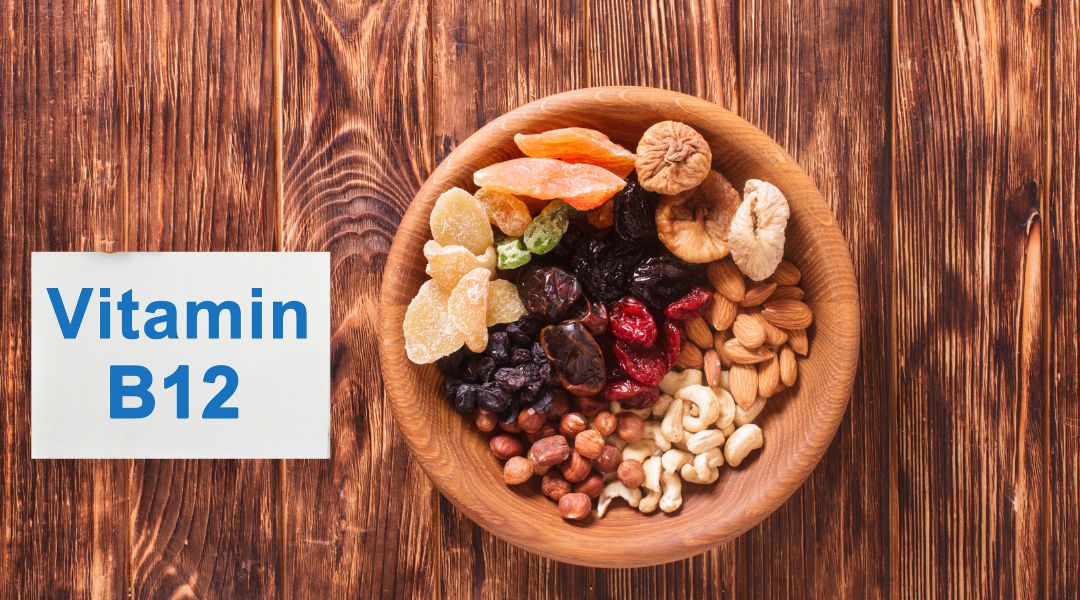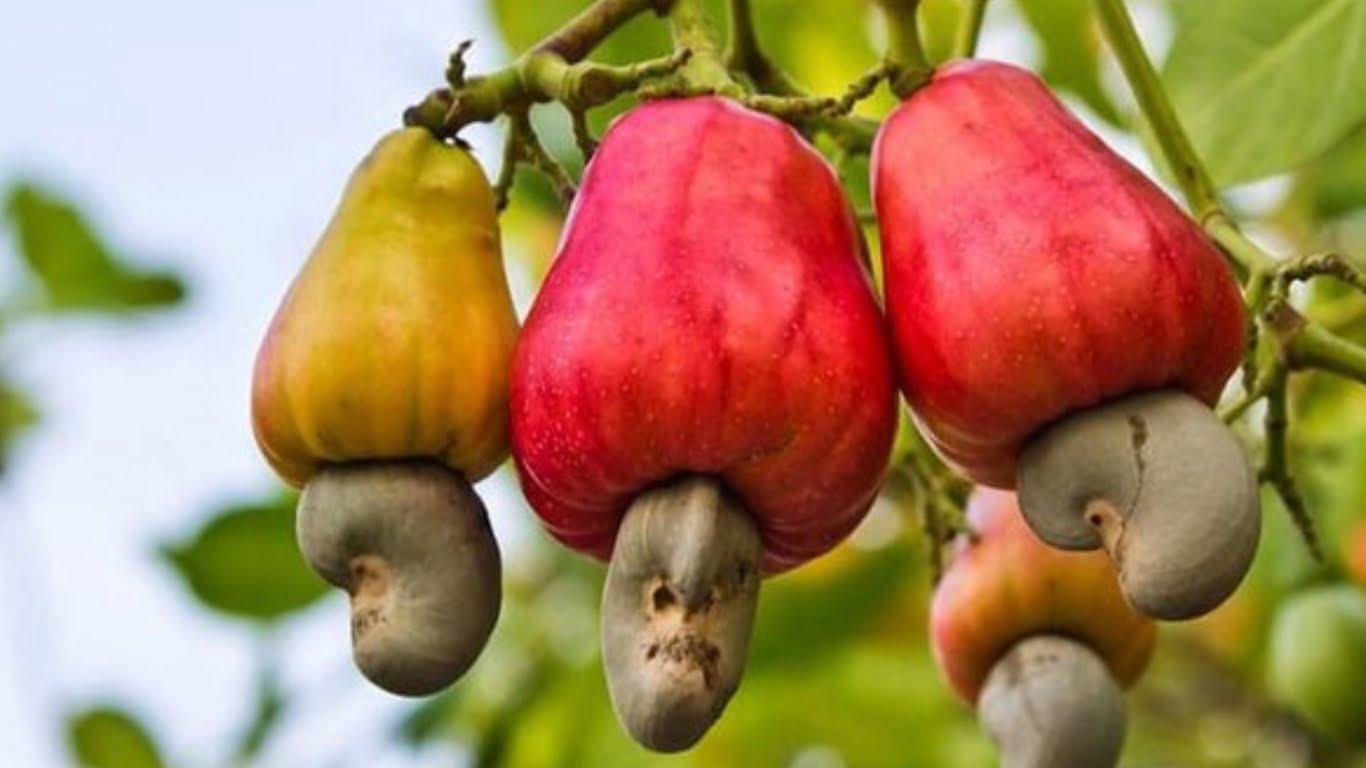Definition of Dried Passion Fruit
Dried passion fruit refers to the fruit of passion flower plant (Passiflora edulis) that has undergone a dehydration process to remove its moisture content. It is commonly consumed in its dried form, which results in a shriveled and preserved version of fresh fruit.
Overview and Uses of dried Passion Fruit
Dried fruits has gained fashionability in recent times due to its unique flavor, versatility, and colorful culinary operations. It offers a concentrated burst of tropical agreeableness with a pungent and slightly tart taste. The dried form allows for extended shelf life, making it more accessible to consumers.
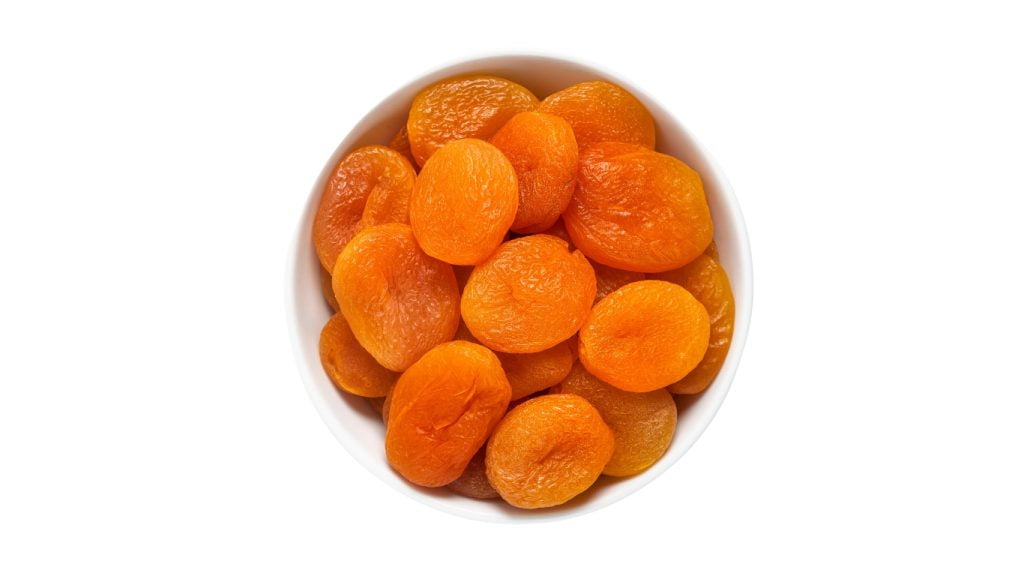
Passion fruit can be used in a wide range of dishes, including ignited goods, goodies, salads, gravies, and savory dishes. Its vibrant flavor profile adds a tropical twist to fashions and complements both sweet and savory flavor combinations. Also, passion fruit is frequently enjoyed as a standalone snack or included in trail mixes and granola composites.
Preparation of Dried Passion Fruit
These are the following methods to prepare dried fruit:
A. Selecting ripe passion fruit
- Choose passion fruits that are fully ripe and have a vibrant color.
- Look for fruits that have a slightly wrinkled skin, which indicates ripeness.
- Avoid passion fruits that are overly soft or have mold or bruises.
B. Washing and cleaning the fruit
- Rinse passion fruits under cold running water to remove any dirt or debris.
- Gently scrub the surface of fruit with a brush or your fingers.
- Dry fruits thoroughly with a clean towel or let them air dry before proceeding to next step.
C. Cutting the passion fruit open and removing pulp
- Hold the washed and passion fruit firmly on a cutting board.
- Use a sharp knife to cut fruit in half, lengthwise.
- Once cut, passion fruit will reveal a juicy pulp filled with seeds.
- Use a spoon to scoop out pulp from each half of fruit
D. Separating the seeds from pulp
- Transfer the scooped out pulp into a bowl.
- With clean hands, gently squeeze and rub pulp to separate seeds.
- As you rub pulp, seeds will separate and fall into bowl.
- Continue this process until most of seeds are removed from pulp.
Drying Methods
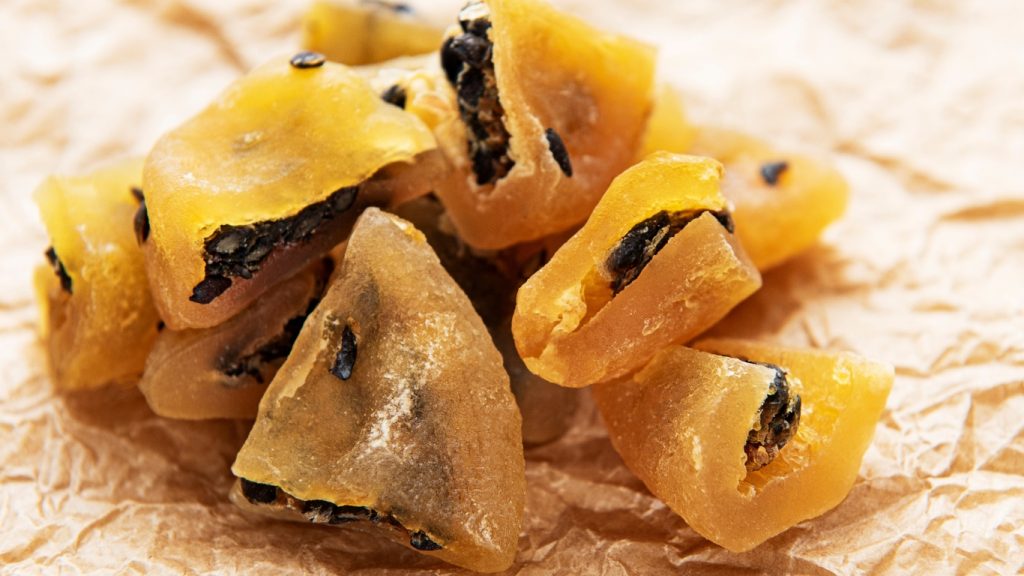
These are the following drying methods:
A. Sun Drying
Sun drying is a traditional method of drying fruits, including passion fruit, using the natural heat and energy of sun. This method is simple and requires minimal equipment. Here’s an explanation of steps involved in sun drying passion fruit:
- Spreading the passion fruit pulp on drying trays: After preparing passion fruit by cutting it open and separating pulp from seeds, spread pulp evenly on drying trays. It is important to remove any excess moisture or seeds from pulp before spreading it out.
- Placing the trays in direct sunlight: Find a suitable location where drying trays can be exposed to direct sunlight. It should be an open area with good air circulation. Place trays in a way that allows maximum exposure to sunlight.
- Regularly turning the pulp to ensure even drying: During drying process, passion fruit pulp needs to be turned regularly. This helps to ensure that all sides of pulp are exposed to sunlight evenly. By turning pulp, you prevent any potential moisture buildup and promote uniform drying.
- Monitoring the drying progress: It is crucial to monitor drying progress to prevent over-drying or under-drying of passion fruit pulp. Check trays regularly to assess dryness level. Drying time can vary depending on various factors such as weather conditions, fruit size, and thickness of pulp. Passion fruit is considered properly dried when it becomes leathery or brittle.
B. Dehydrator Drying
Dehydrator drying is a popular method for drying passion fruit as it provides controlled and efficient drying conditions. Here are the steps involved in dehydrator drying:
- Spreading the passion fruit pulp on dehydrator trays: Once passion fruit pulp is extracted and separated from seeds, spread it evenly on dehydrator trays. Make sure not to overcrowd trays, as proper air circulation is essential for effective drying.
- Setting the dehydrator to appropriate temperature: Consult manufacturer’s instructions or guidelines for recommended temperature for drying fruits. Typically, a temperature range of 125°F to 135°F (52°C to 57°C) is suitable for dehydrating passion fruit. Adjust temperature accordingly on dehydrator.
- Drying the pulp for recommended duration: Drying time can vary depending on factors such as thickness of pulp layer, humidity, and dehydrator’s efficiency. The recommended duration for drying passion fruit pulp ranges from 8 to 12 hours. However, it’s important to note that this is an approximate time, and you should monitor drying process to achieve desired level of dryness.
- Checking the fruit periodically for dryness: During the drying process, check passion fruit periodically to assess its dryness. Fruit should be dry and leathery to touch but not brittle. Cut a few pieces of dried fruit open to ensure that there is no moisture left inside. If fruit feels adequately dry and there is no moisture content, it is ready for storage.
Storing Dried Passion Fruit
These are the following methods to store passion fruit:
A. Cooling and conditioning the dried fruit:
- After passion fruit has been dried, it is important to cool and condition it before storage.
- Place passion fruit in a well ventilated area for a few hours to allow any remaining moisture to evaporate.
- This step helps to prevent moisture buildup, which can lead to spoilage during storage.
B. Packaging the dried passion fruit
- Once passion fruit has been cooled and conditioned, it is ready for packaging.
- Use airtight containers or resealable bags to ensure that dried fruit remains fresh and retains its flavor.
- Remove as much air as possible from packaging to minimize risk of moisture absorption.
C. Choosing appropriate storage containers
- Opt for containers that are specifically designed for food storage and provide an airtight seal.
- Glass jars with tight-fitting lids or food-grade plastic containers with secure closures are suitable options.
- Make sure containers are clean, dry, and free from any lingering odors that could transfer to dried passion fruit.
D. Storing in a cool, dry, and dark place
- Dried fruit should be stored in a cool environment, preferably at a temperature between 50°F and 70°F (10°C to 21°C).
- Avoid exposing dried fruit to direct sunlight or high levels of heat, as this can cause fruit to lose its flavor and texture.
- Moisture is the enemy of dried fruit, so choose a dry location with low humidity to prevent any moisture absorption.
- Additionally, store passion fruit in a dark place to protect it from light, which can degrade fruit’s color and nutritional content.
By following these storage guidelines, you can ensure that your passion fruit remains fresh, flavorful, and ready to be enjoyed for an extended period.
Culinary Uses of Dried Passion Fruit
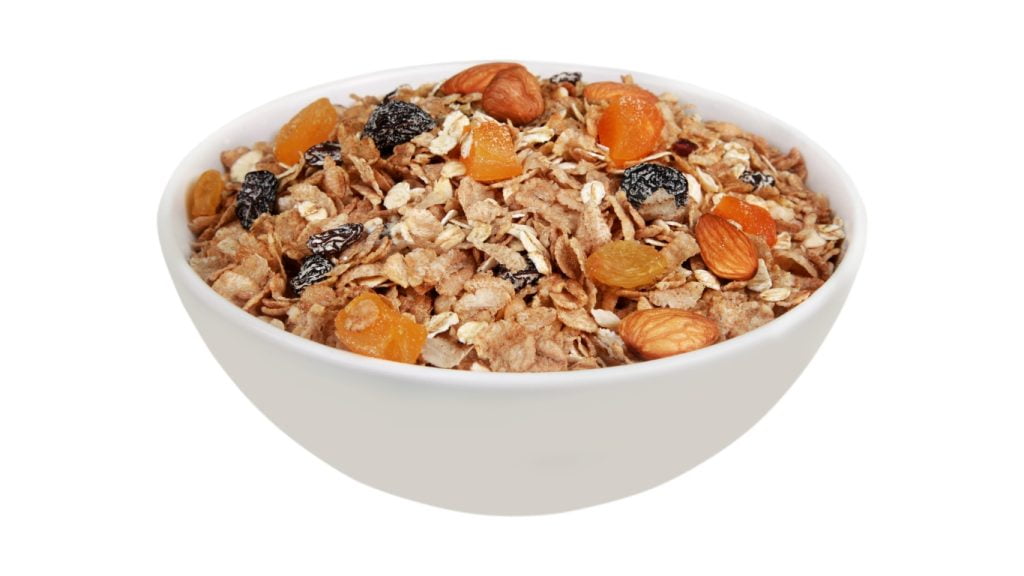
These are the following Culinary Uses of Dried Passion Fruit
A. Snacking on dried fruit
Dried passion fruit makes for a delicious and convenient snack on its own. The tangy and sweet flavor of dried fruit can be enjoyed straight out of the package. It provides a unique tropical taste and a chewy texture that is satisfying for snacking between meals or on go.
B. Include dried passion fruit into baked goods
Dried fruit can be a fantastic addition to colorful baked goods, adding a burst of flavor and texture. It can be used in muffins, galettes, eyefuls, chuck , and scones, among others. You can either hash dried fruit into small pieces or desiccate it by soaking in warm water or juice before incorporating it into batter or dough. The tropical taste of passion fruit can elevate the overall flavor profile of your baked treats.
C. Adding dried passion fruit to trail mixes or granola
Dried fruit adds a enjoyable tropical twist to trail mixes and granola. Its tough texture and pungent flavor complement other ingredients analogous as nuts, seeds, dried berries, and oats. The combination of sweet and prostitute flavors provides a affable distinction, making trail mix or granola more interesting and satisfying. It can be enjoyed as a snack, added to yogurt, or sprinkled over breakfast colosseums.
D. Using dried passion fruit in savory dishes and sauces
Dried passion fruit can also be used in savory dishes and sauces, adding a tangy and exotic element to flavor profile. It can be rehydrated and incorporated into marinades, glazes, dressings, and vinaigrettes. The sweet and tart notes of dried fruit can balance richness of meats, seafood, and vegetables, bringing a unique twist to your savory creations. Versatility of passion fruit allows it to be used in both sweet and savory culinary applications, expanding possibilities in kitchen.
Nutritional Benefits of Dried Passion Fruit
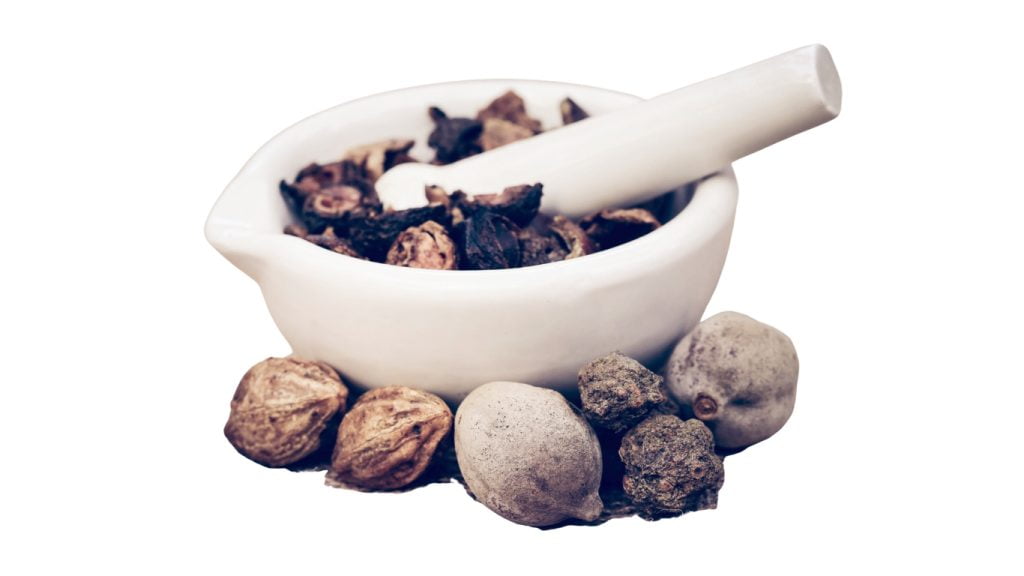
These are the following nutritional benefits
A. High vitamin C content
Passion fruit is known for its high vitamin C content. Vitamin C is a powerful antioxidant that plays a crucial role in supporting the immune system, promoting collagen synthesis for healthy skin, and aiding in absorption of iron. Consuming dried fruit can help boost your body’s vitamin C levels, contributing to overall health and well being.
B. Rich in dietary fiber:
Dried passion fruit is a great source of salutary fiber. Fiber is essential for maintaining a healthy digestive system and promoting regular bowel movements. It helps help constipation, lowers cholesterol situations, and regulates blood sugar situations. Including dried fruit in your diet can increase your fiber input and support digestive health.
C. Contains minerals such as potassium and iron
Dried passion fruit is packed with essential minerals, including potassium and iron. Potassium is vital for maintaining proper heart and muscle function, regulating blood pressure, and supporting balance of fluids in body. Iron is necessary for the production of red blood cells and prevention of iron deficiency anemia. Incorporating dried fruit into your diet can provide a natural source of these important minerals.
D. Antioxidant properties of dried passion fruit
Dried passion fruit possesses antioxidant parcels, which help cover the body against dangerous free revolutionaries. Free revolutionaries are unstable motes that can damage cells and contribute to colorful health issues, including habitual conditions and aging. Antioxidants neutralize these free revolutionaries, reducing threat of oxidative stress and promoting overall health. Consuming passion fruit can give your body with these salutary antioxidants, helping to maintain cellular health and help oxidative damage.
Overall, fruit offers multitudinous nutritive benefits, including a high vitamin C content, salutary fiber, essential minerals like potassium and iron, and antioxidant parcels. By including dried fruit in your diet, you can enjoy a delicious and nutritional snack while reaping the health advantages it has to offer.
Conclusion
In conclusion, process of drying passion fruit involves selecting ripe fruit, preparing pulp, and utilizing either sun drying or a dehydrator. Proper storage in cool, dry conditions is essential to maintain quality of dried passion fruit. The culinary uses of passion fruit are diverse, ranging from snacking to incorporating it into baked goods and savory dishes. Additionally, dried fruit is a nutritionally beneficial food, packed with vitamin C, dietary fiber, and essential minerals. Overall, drying passion fruit at home provides an opportunity to enjoy its versatility and reap its health benefits.



